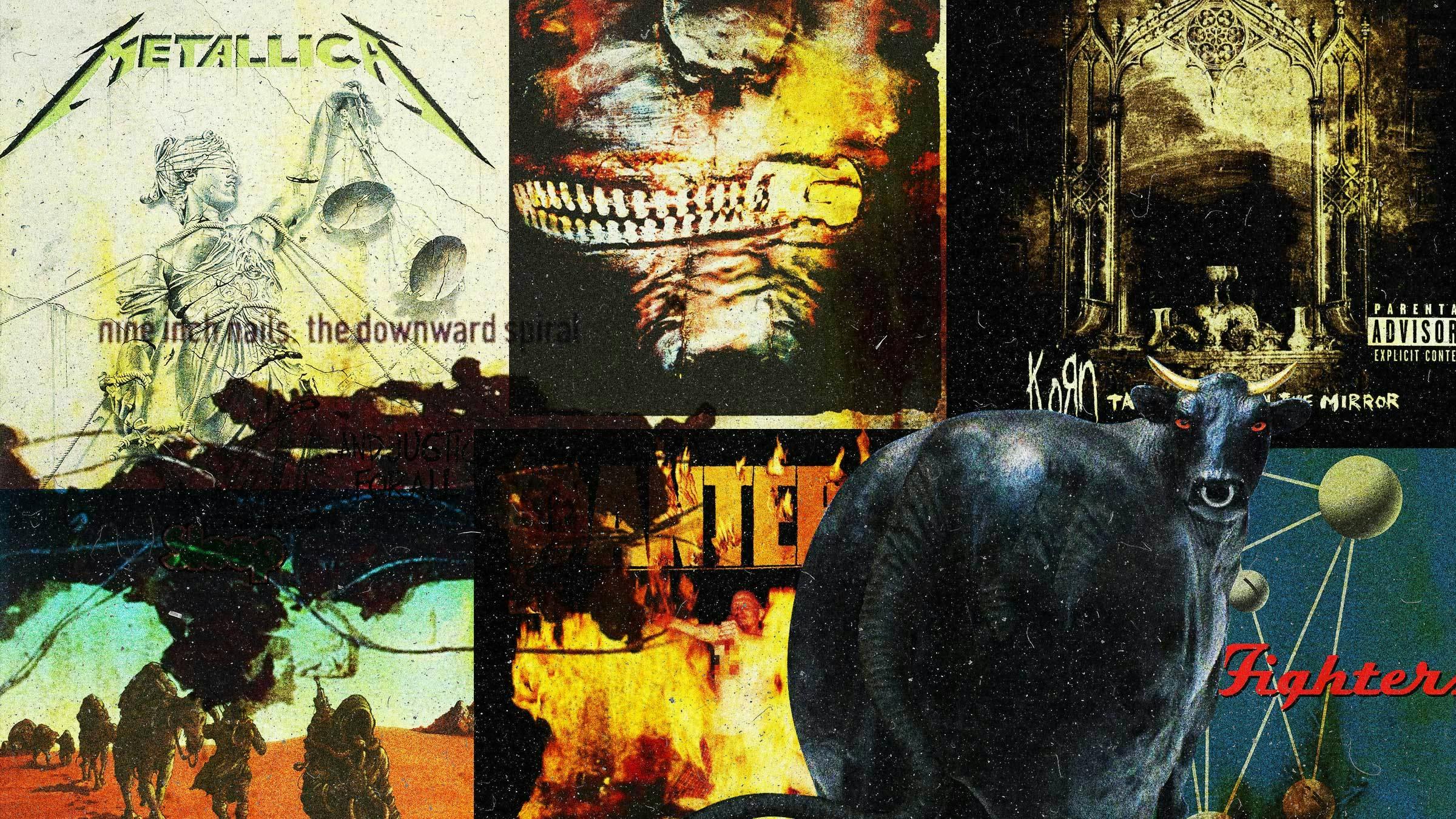Great art is almost always the result of conflict. More often than not, the images or sounds that make you feel strangely complete were crafted by people in the grips of heartbreak, addiction, or financial pressure. This is especially the case with rock'n'roll, whose mixture of big personalities and volatile creative material can often result in heightened emotions taking over where common sense should prevail (in simpler terms, you don't put five rock stars in a room together working on a song about how they feel without a few whiskey bottles getting lobbed). That said, the sad fact is that progress often only comes with war, and while one should sympathise with their favourite musicians, one must also appreciate the powerful output that comes with being furious, miserable, or in a state of total panic.
Here are 10 famous albums that were created by people who were caught up in the white-water rapids of their lives…
